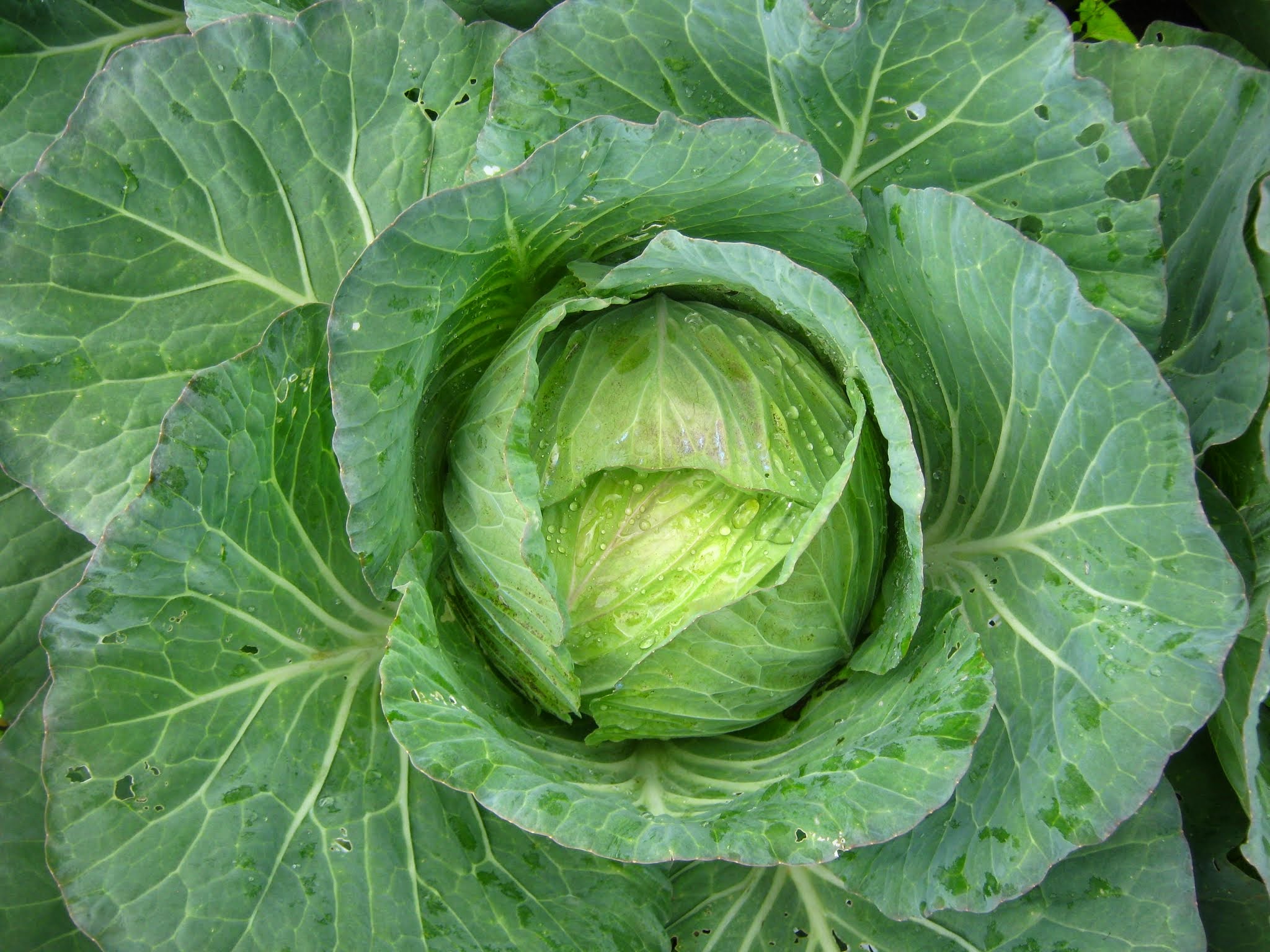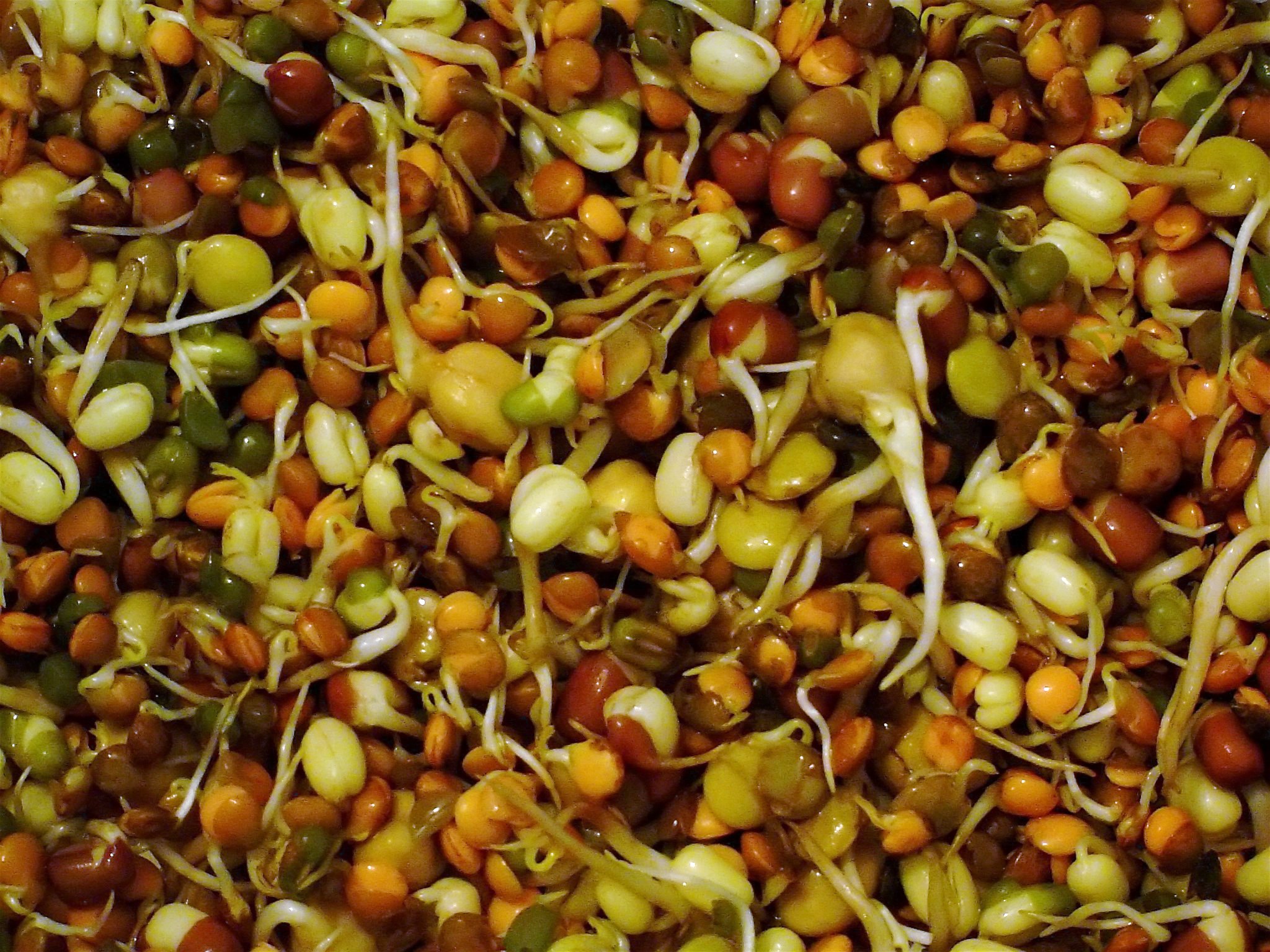|
Gado-gado
''Gado-gado'' (Indonesian or Betawi) is an Indonesian salad of raw, slightly boiled, blanched or steamed vegetables and hard-boiled eggs, boiled potato, fried tofu and tempeh, and ''lontong'' (rice wrapped in a banana leaf), served with a peanut sauce dressing. In 2018, ''gado-gado'' was promoted as one of five national dishes of Indonesia; the others are soto, sate, nasi goreng, and rendang. Etymology The term ''gado'' or the verb ''menggado'' means to consume something without rice. ''Gado-gado'' in Indonesian literally means "mix-mix" since it is made of a rich mixture of vegetables such as potatoes, longbeans, bean sprouts, spinach, chayote, bitter gourd, corn and cabbage, with tofu, tempeh and hard-boiled eggs, all mixed in peanut sauce dressing, sometimes also topped with '' krupuk'' and sprinkles of fried shallots. ''Gado-gado'' is different from ''lotek atah'' or '' karedok'' which uses raw vegetables. Another similar dish is the Javanese '' pecel''. Reg ... [...More Info...] [...Related Items...] OR: [Wikipedia] [Google] [Baidu] |
Indonesian Cuisine
Indonesian cuisine is a collection of various regional culinary traditions that formed the archipelagic nation of Indonesia. There are a wide variety of recipes and cuisines in part because Indonesia is composed of approximately 6,000 populated islands of the total 17,508 in the world's largest archipelago,"Indonesian Cuisine." . Accessed July 2011. [...More Info...] [...Related Items...] OR: [Wikipedia] [Google] [Baidu] |
Karedok
Karedok ( Aksara Sunda: ) is a raw vegetable salad in peanut sauce from Sundanese region, West Java, Indonesia. It is one of the Sundanese signature dish. It traditionally includes longbeans, cucumbers, bean sprouts, cabbage, legumes, Thai basil, chayotes and small green eggplant, covered in peanut sauce dressing, but there are now many variations. It is very similar to gado-gado, except all the vegetables are raw, while most of gado-gado vegetables are boiled, and it uses kencur, Thai basil and eggplant. Karedok is also known as lotek atah (raw lotek or raw gado-gado) for its fresh and raw version of the vegetable covered with peanut sauce. Karedok is widely served as daily food in the Sundanese family, usually eaten with hot rice, tofu, tempeh, and krupuk. Nowadays karedok can be found in many variation from hawkers carts, stalls (''warung'') as well as in restaurants and hotels both in Indonesia and worldwide.Indonesian Cooking: Satays, Sambals and More. Dina Yuen. 2012. ... [...More Info...] [...Related Items...] OR: [Wikipedia] [Google] [Baidu] |
Jakarta
Jakarta (; , bew, Jakarte), officially the Special Capital Region of Jakarta ( id, Daerah Khusus Ibukota Jakarta) is the capital and largest city of Indonesia. Lying on the northwest coast of Java, the world's most populous island, Jakarta is the largest city in Southeast Asia and serves as the diplomatic capital of ASEAN. The city is the economic, cultural, and political centre of Indonesia. It possesses a province-level status and has a population of 10,609,681 as of mid 2021.Badan Pusat Statistik, Jakarta, 2022. Although Jakarta extends over only , and thus has the smallest area of any Indonesian province, its metropolitan area covers , which includes the satellite cities Bogor, Depok, Tangerang, South Tangerang, and Bekasi, and has an estimated population of 35 million , making it the largest urban area in Indonesia and the second-largest in the world (after Tokyo). Jakarta ranks first among the Indonesian provinces in human development index. Jakar ... [...More Info...] [...Related Items...] OR: [Wikipedia] [Google] [Baidu] |
Peanut Sauce
Peanut sauce, satay sauce (saté sauce), ''bumbu kacang'', ''sambal kacang'', or ''pecel '' is an Indonesian sauce made from ground roasted or fried peanuts, widely used in Indonesian cuisine and many other dishes throughout the world. Peanut sauce is used with meat and vegetables, adding flavor to grilled skewered meat, such as satays, poured over vegetables as salad dressing such as in '' gado-gado'', or as a dipping sauce. Ingredients The main ingredient is ground roasted peanuts, for which peanut butter can act as a substitute. Several different recipes for making peanut sauces exist, resulting in a variety of flavours, textures and consistency. A typical recipe usually contains ground roasted peanuts or peanut butter (smooth or crunchy), coconut milk, soy sauce, tamarind, galangal, garlic, and spices (such as coriander seed or cumin). Other possible ingredients are chili peppers, sugar, fried onion, and lemongrass. The texture and consistency (thin or thick) of a pea ... [...More Info...] [...Related Items...] OR: [Wikipedia] [Google] [Baidu] |
Cabbage
Cabbage, comprising several cultivars of '' Brassica oleracea'', is a leafy green, red (purple), or white (pale green) biennial plant A biennial plant is a flowering plant that, generally in a temperate climate, takes two years to complete its biological life cycle. Life cycle In its first year, the biennal plant undergoes primary growth, during which its vegetative structures ... grown as an annual vegetable crop for its dense-leaved heads. It is descended from the wild cabbage ( ''B. oleracea'' var. ''oleracea''), and belongs to the " cole crops" or brassicas, meaning it is closely related to broccoli and cauliflower (var. ''botrytis''); Brussels sprouts (var. ''gemmifera''); and Savoy cabbage (var. ''sabauda''). A cabbage generally weighs between . Smooth-leafed, firm-headed green cabbages are the most common, with smooth-leafed purple cabbages and crinkle-leafed savoy cabbages of both colours being rarer. Under conditions of long sunny days, such as those found a ... [...More Info...] [...Related Items...] OR: [Wikipedia] [Google] [Baidu] |
Shallot
The shallot is a botanical variety (a cultivar) of the onion. Until 2010, the (French red) shallot was classified as a separate species, ''Allium ascalonicum''. The taxon was synonymized with '' Allium cepa'' (the common onion) in 2010, as the difference was too small to justify a separate species. As part of the onion genus ''Allium'', its close relatives include garlic, scallions, leeks, chives, and the Chinese onion. Names The name "shallot" comes from Ashkelon, an ancient Canaanite city, where Classical-era Greeks believed shallots originated. The term ''shallot'' is usually applied to the French red shallot (''Allium cepa'' var. ''aggregatum'', or the ''A. cepa'' Aggregatum Group). It is also used for the Persian shallot or ''musir'' (''A. stipitatum'') from the Zagros Mountains in Iran and Iraq, and the French gray shallot (''Allium oschaninii'') which is also known as ''griselle'' or "true shallot"; it grows wild from Central to Southwest Asia. The name ''sha ... [...More Info...] [...Related Items...] OR: [Wikipedia] [Google] [Baidu] |
Corn
Maize ( ; ''Zea mays'' subsp. ''mays'', from es, maíz after tnq, mahiz), also known as corn ( North American and Australian English), is a cereal grain first domesticated by indigenous peoples in southern Mexico about 10,000 years ago. The leafy stalk of the plant produces pollen inflorescences (or "tassels") and separate ovuliferous inflorescences called ears that when fertilized yield kernels or seeds, which are fruits. The term ''maize'' is preferred in formal, scientific, and international usage as a common name because it refers specifically to this one grain, unlike ''corn'', which has a complex variety of meanings that vary by context and geographic region. Maize has become a staple food in many parts of the world, with the total production of maize surpassing that of wheat or rice. In addition to being consumed directly by humans (often in the form of masa), maize is also used for corn ethanol, animal feed and other maize products, such as corn starch a ... [...More Info...] [...Related Items...] OR: [Wikipedia] [Google] [Baidu] |
Satay
Satay ( , in USA also , ), or sate in Indonesian spelling, is a Southeast Asian dish of seasoned, skewered and grilled meat, served with a sauce. The earliest preparations of satay is believed to have originated in Javanese cuisine, but has spread to almost anywhere in Indonesia, where it has become a national dish. Indonesian satay is often served with peanut sauce – a sauce made from peanut butter, and is often accompanied with lontong, a type of rice cake, though the diversity of the country has produced a wide variety of satay recipes. It is also popular in many other Southeast Asian countries including Brunei, Malaysia, Philippines, Singapore and Thailand. It is also recognized and popular in Suriname and the Netherlands. In Sri Lanka, it has become a staple of the local diet as a result of the influences from the local Malay community. Satay may consist of diced or sliced chicken, goat, mutton, beef, pork, fish, other meats, or tofu; bamboo skewers are often ... [...More Info...] [...Related Items...] OR: [Wikipedia] [Google] [Baidu] |
Chayote
Chayote (''Sechium edule''), also known as mirliton and choko, is an edible plant belonging to the gourd family, Cucurbitaceae. This fruit was first cultivated in Mesoamerica between southern Mexico and Honduras, with the most genetic diversity available in both Mexico and Guatemala. It is one of several foods introduced to the Old World during the Columbian Exchange. At that time, the plant spread to other parts of the Americas, ultimately causing it to be integrated into the cuisine of many Latin American nations. The chayote fruit is mostly used cooked. When cooked, chayote is usually handled like summer squash; it is generally lightly cooked to retain the crispy consistency. Raw chayote may be added to salads or salsas, most often marinated with lemon or lime juice, but is often regarded as unpalatable and tough in texture. Whether raw or cooked, chayote is a good source of vitamin C. Although most people are familiar only with the fruit as being edible, the root, ... [...More Info...] [...Related Items...] OR: [Wikipedia] [Google] [Baidu] |
Spinach
Spinach (''Spinacia oleracea'') is a leafy green flowering plant native to central and western Asia. It is of the order Caryophyllales, family Amaranthaceae, subfamily Chenopodioideae. Its leaves are a common edible vegetable consumed either fresh, or after storage using preservation techniques by canning, freezing, or dehydration. It may be eaten cooked or raw, and the taste differs considerably; the high oxalate content may be reduced by steaming. It is an annual plant (rarely biennial), growing as tall as . Spinach may overwinter in temperate regions. The leaves are alternate, simple, ovate to triangular, and very variable in size: long and broad, with larger leaves at the base of the plant and small leaves higher on the flowering stem. The flowers are inconspicuous, yellow-green, in diameter, and mature into a small, hard, dry, lumpy fruit cluster across containing several seeds. In 2018, world production of spinach was 26.3 million tonnes, with China al ... [...More Info...] [...Related Items...] OR: [Wikipedia] [Google] [Baidu] |
Bean Sprouts
Sprouting is the natural process by which seeds or spores germinate and put out shoots, and already established plants produce new leaves or buds, or other structures experience further growth. In the field of nutrition, the term signifies the practice of germinating seeds (for example, mung beans or sunflower seeds) to be eaten raw or cooked, which is considered more nutritious. Suitable seeds All viable seeds can be sprouted, but some sprouts, such as kidney beans, should not be eaten raw. Bean sprouts are a common ingredient across the world. They are particularly common in Eastern Asian cuisine. It typically takes one week for them to become fully grown. The sprouted beans are more nutritious than the original beans, and they require much less cooking time. There are two common types of bean sprouts: * Mung bean sprouts, made from greenish-capped mung beans * Soybean sprouts, made from yellow, large-grained soybeans Common sprouts used as food include: * Pu ... [...More Info...] [...Related Items...] OR: [Wikipedia] [Google] [Baidu] |






